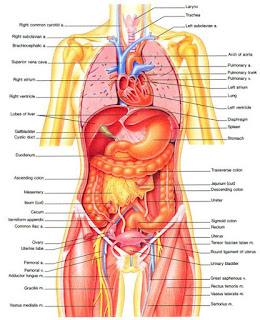Event 4: Extra Credit 1
On May 31, 2018, I attended UCLA Design
Media Arts presents Weak or No Signal, the final MFA showcase of the graduating
class of 2018 which was located at the New Wight Gallery at UCLA’s Broad Art
Center. This event was for Cannily co-opting a large range of vocabularies the
show articulates contemporary subject matters, from hyper-mediated social
relationships to artificial intelligence; technological utopianism; and the
increasing fallibility of the image. The work draws from pop imagery,
pseudoscience, native American and Mexican representations, corporate
aesthetics and cinema, immersing the viewer into unfamiliar territory.
Immersive theater, virtual reality and exotic animals comprise some of the more
unexpected encounters of this exhibition (Weak or No Signal MFA).
 |
| Me at the Weak or No Signal Event |
When I saw Latent Space: Facile Substance
by A M Chung, I had to stop and watch this art piece very closely because everything
was so small and compact. I liked how she dealt with the lighting and shrined
everything. Even though it was not biologically connected, I feel like she used
nanotech + art idea to make her project. I wish she was next to me so I can ask
her questions what exactly this is.
 |
| Latent Space: Facile Substance by A M Chung |
I think Virtual Reality (VR) is one of the
most innovative technology that has been made recently. Virtual reality means
experiencing things through our computers that don't really exist (What is
Virtual Reality). With VR headset and with certain smartphones or other devices,
you can see the “virtual reality.” I you want to see and hear the ocean, all
you can do is play the VR at the ocean that you want to go and play some wind
blowing music. In this picture it looks like he was virtually experiencing
surgery. This reminded me of robotics + art and biotechnology + art. It reminded
me of robotics + art because VR itself is a robotic device and he used that
technology to connect with art by expressing that patient was being treated
with VR.
 |
| A Person Testing VR |
In the article for decades, the acquisition
of technical skills in the operating room under the supervision of senior
surgeons has been the only way for junior doctors to receive surgical training
(Li, Lan). If it is possible in the future, I hope someone can actually be treated
by VR. It does not have to be surgical or physically curable but by looking at
beautiful nature or artwork, I hope people can be at least psychologically cured. I would highly recommend this event because not only all the art works were related to that we learned in class, (Robotics, MedTech, BioTech, etc.), they were actually fascinating to watch. I like how people were acting to be in real situation and everything was moving.
Work cited
1) 3 Ways Virtual Reality Is Transforming Medical
Care.” NBCNews.com, NBCUniversal News
Group,
www.nbcnews.com/mach/science/3-ways-virtual-reality-transforming-medical-care-ncna794871.
2) Joch, Alan. “Healthcare Treatment, Training
Reaches New Heights with VR.” Technology Solutions That Drive Healthcare, 2 Feb. 2018,
healthtechmagazine.net/article/2018/02/healthcare-treatment-training-reaches-new-heights-vr.
3) Keller, Michelle Sophie, et al. Advances in Pediatrics., U.S. National
Library of Medicine, Dec. 2017, www.ncbi.nlm.nih.gov/pmc/articles/PMC5750416/.
4) Li, Lan, et al. Advances in Pediatrics., U.S. National
Library of Medicine, 2017, www.ncbi.nlm.nih.gov/pmc/articles/PMC5622235/.
6) “What Is Virtual Reality? - A Simple
Introduction.” Explain That Stuff, 14 Mar. 2018, www.explainthatstuff.com/virtualreality.html.



댓글
댓글 쓰기